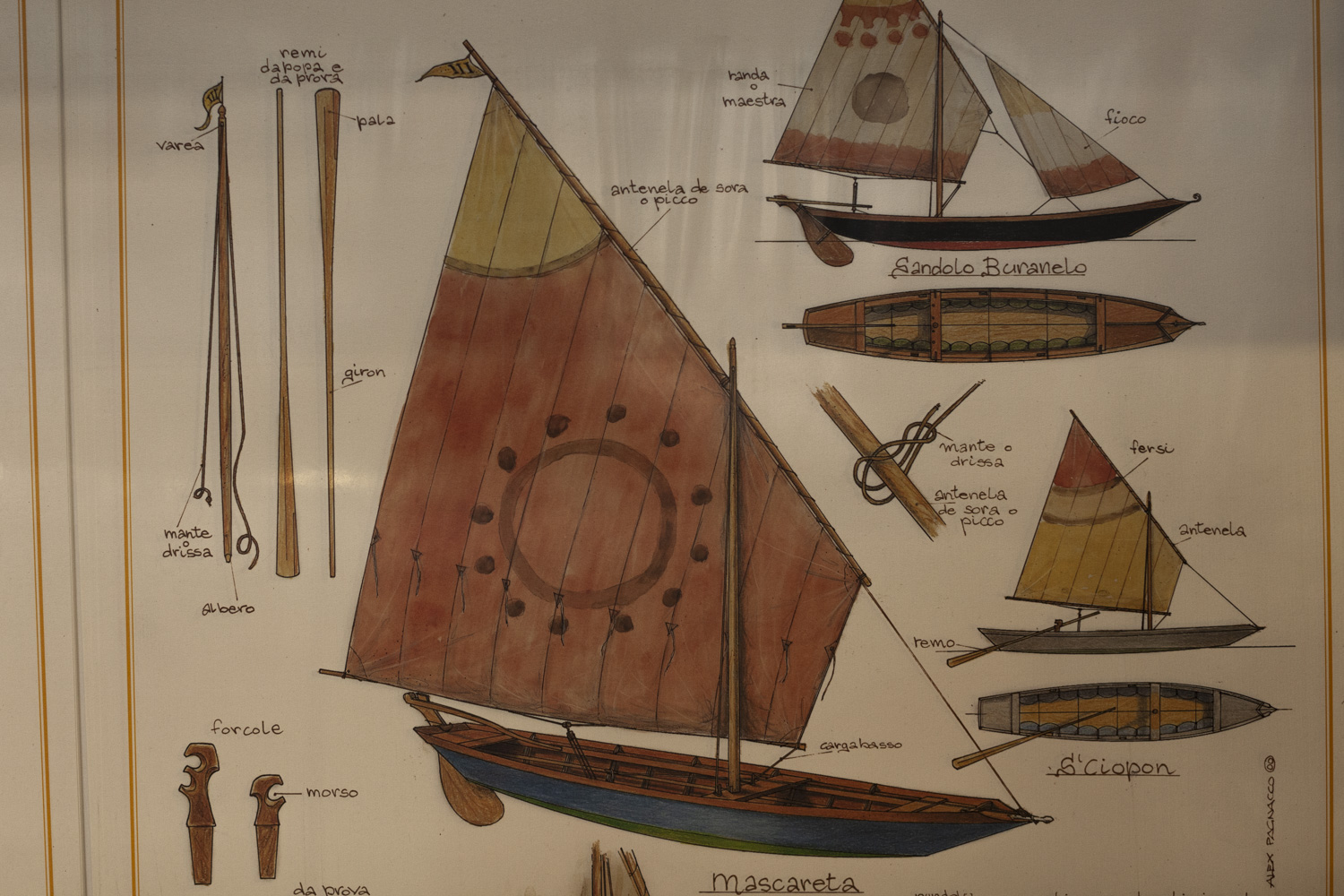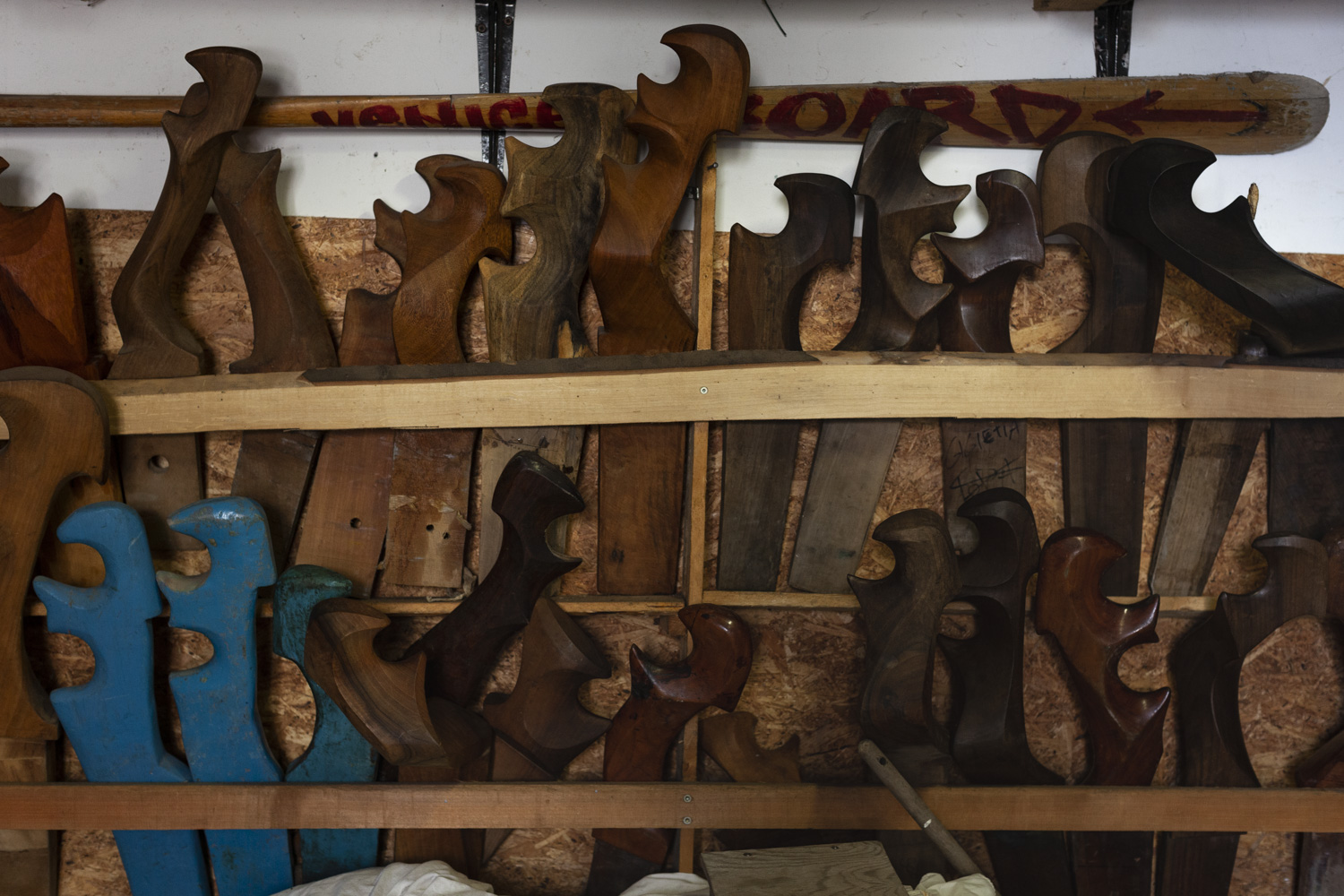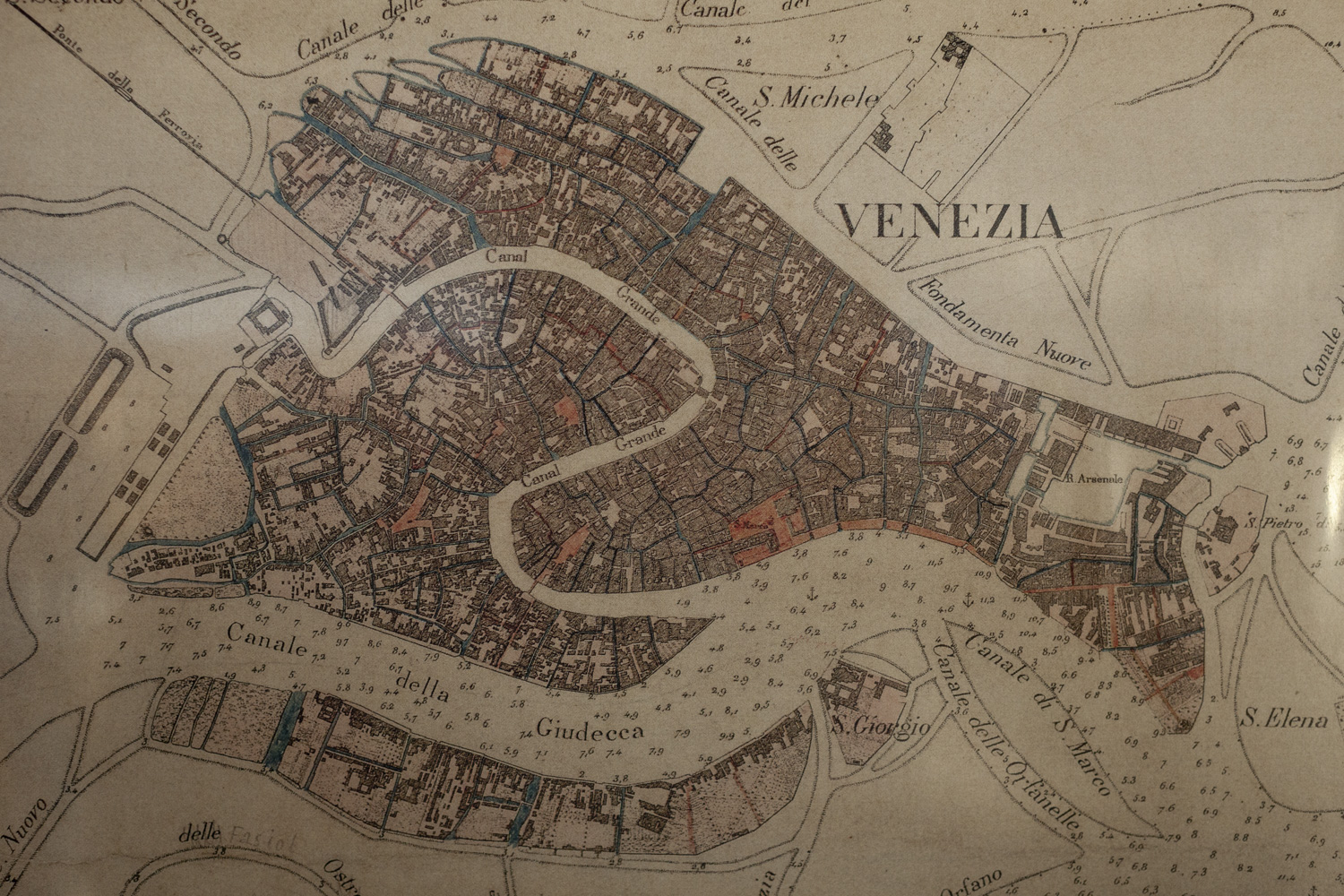Until a few centuries ago, Venice had only a few bridges, and its people moved around in rowing boats, as many of them still do today. Manoeuvering a boat in the narrow canals of the city or on the shallow waters of the surrounding Venetian lagoon is definitely not easy, and you really have to look at where the boat is going if you don’t want to bump into a wall or god forbid, into an expensive gondola.
Since the middle ages, people in Venice do this by rowing in the traditional Venetian style known as voga veneta: standing, facing forward while using a single, long oar on one side of their wooden boats, which are specifically designed for this beautiful environment and still remain the best way to move around this labyrinthine city.

The simplest of these traditional boats is the sandolo, basically a less ornate, much simpler version of the much more famous type of boat known throughout the world. These boats have a flat bottom and literally float on top of the water, which makes them very manoeuvrable and allows them to navigate even a few centimetres of the lagoon’s treacherous waters, but does not give a very stable feeling, especially when you try to stand on them.
The rowing technique itself appears quite counterintuitive at first, and yet those who have learned it display it effortlessly, as they casually move the oar while chatting and looking around. “You actually have to lean on the oar in the water”, they always tell you as you embark on your disastrous first attempts, “and then you’ll find your balance.”
Once you do find your balance you then have to understand how to use a single oar to both push and steer the boat, through a careful combination of stagare and premendo, moving the oar forward or backward while twisting it with your wrists. In Venice’s narrow and crowded canals one often has to pull the oar in, and in the lagoon sometimes there simply isn’t enough water to row, so one has to be able to move the oar freely. Over the centuries, Venetian carpenters have designed the wooden supports known as forcole, whose unique shape allows the oar to do its work while being unattached to the boat.

Especially in the hands of someone who knows how to use them, these wooden boats are pretty fast and make virtually no sound as they barely break the water they float on. In order to avoid collisions when making a turn, rowers announce their coming by shouting Oi Oi, followed by either stagando (going right) or premendo (going left).
Venice never had any proper roads, and it was obviously not designed with pedestrian or vehicular traffic in mind. In a city where Google Maps often falters and where walking in a straight line is impossible by definition, going by boat is often the quicker, simpler way to move people and things around. There are many canals and buildings that can only be reached from the water, and once you understand how the ebb and flow of the currents work, rowing allows you to experience the city from a different angle, and also to venture into the waters of the surrounding Venetian lagoon.
